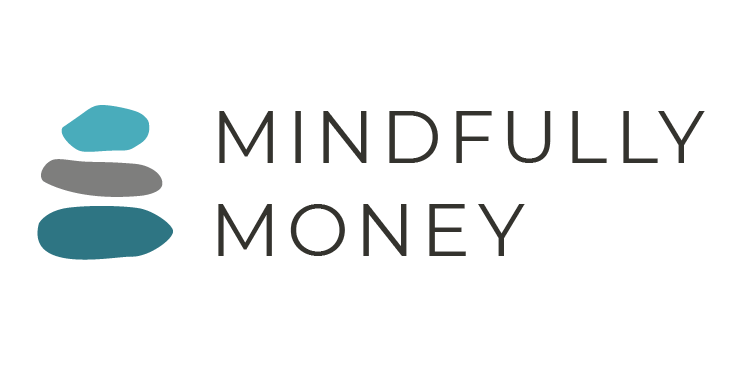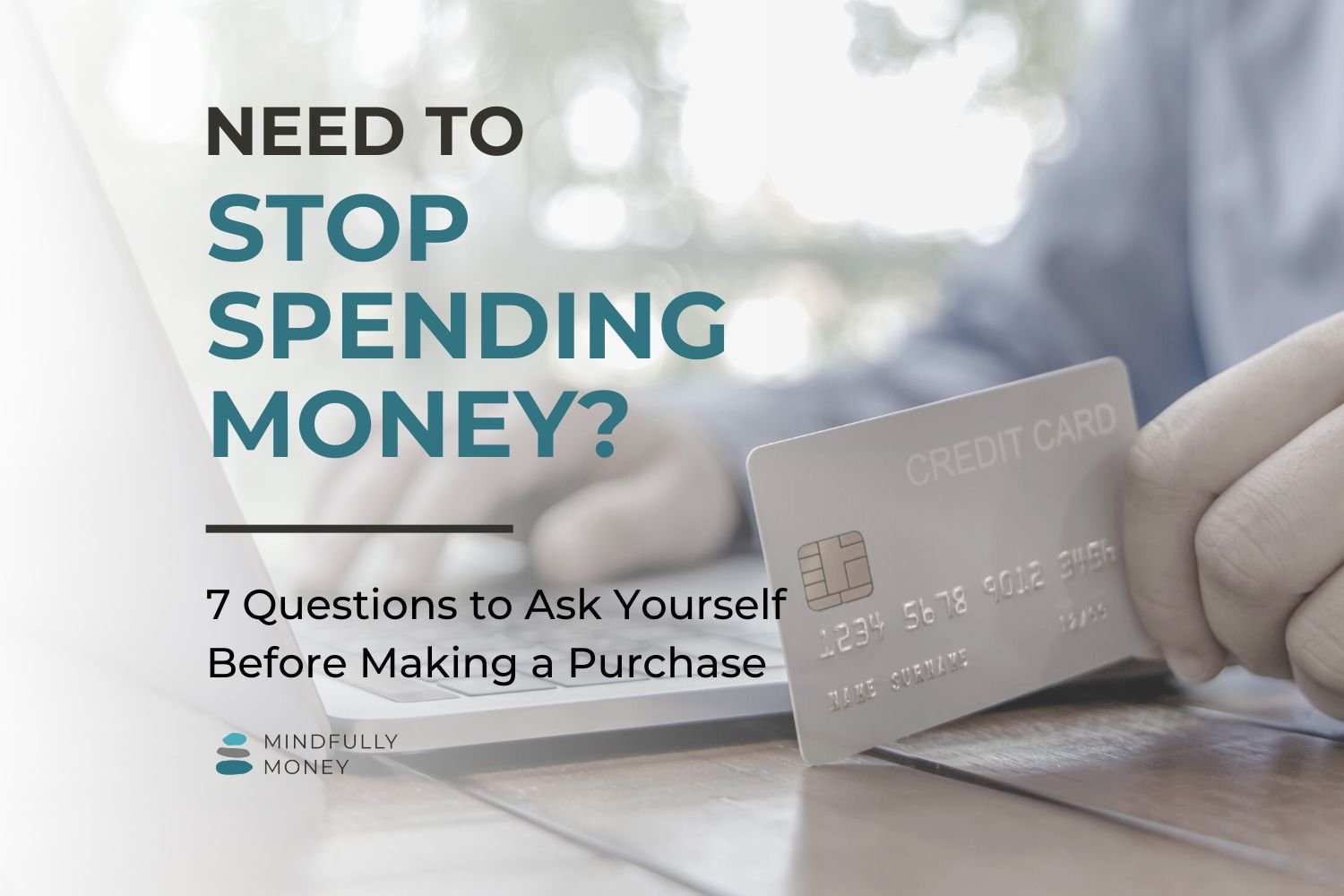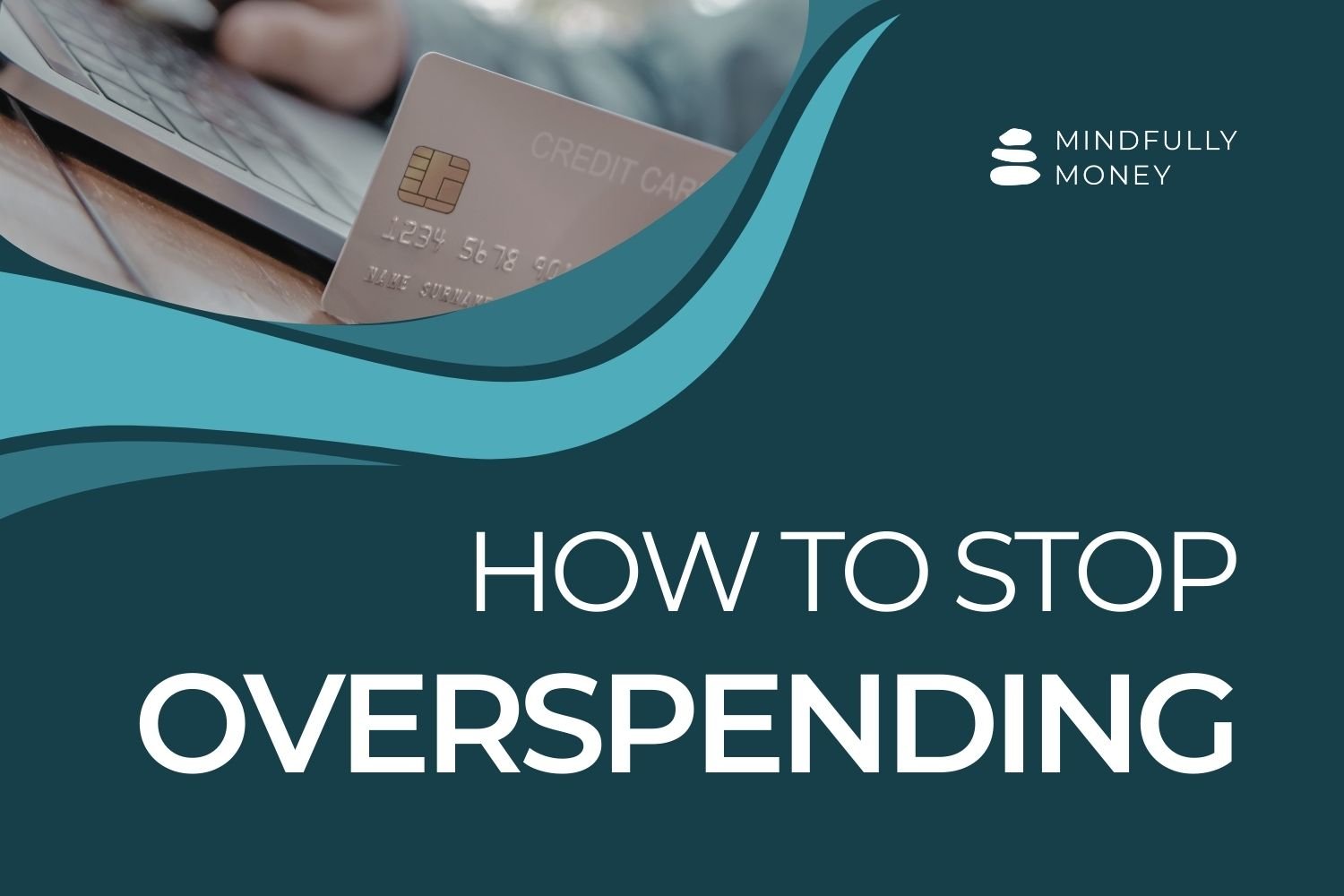Want to Stop Yourself From Spending Money? Beware of These Marketing Tricks
Ways Costco and Other Retailers Get You to Spend More Money
If you want to stop yourself from spending money, you need to be aware of the strategies that stores use to get you to spend more. Every store uses marketing tactics that take advantage of normal human behavioral psychology to get you to spend more. To stop spending as much money, it’s helpful to know exactly how stores are trying to trick you.
To illustrate these marketing tactics, I’m going to pick on one of my favorite stores: Costco.
I love Costco. I love their rotisserie chicken and the fact that I can get fancy English cheddar or Manchego at a price that is often better than the inferior orange and white blocks at your regular grocery store. And don’t even get me started on how much I save by getting my allergy meds there.
But Costco doesn’t always save you money.
When friends ask me if you can save money at Costco, my answer is always: it depends. If you are smart about your Costco visits, know what things cost elsewhere, and are careful not to get sucked into buying things you didn’t intend to purchase, yes, Costco can save you money.
But if you really want to stop yourself from spending money, you need to be aware of these ways that Costco and other stores trick you into spending more money.
How stores use psychology to get you to spend more
1. You walk into the store assuming that you’re going to save money and get great deals.
Everyone knows you save money by shopping at Costco, right? Certain retailers have built up a reputation for being a place where you save money.
The problem is that the moment you assume that you will automatically save money just by shopping at a particular store, you’ve already lost. Instead of carefully considering prices, you just assume that you’re getting a good price. You don’t compare and you don’t evaluate the value of what you’re getting.
It’s a lot of mental work to evaluate and compare the price of each item and our brains are always looking for ways to make things easier. It’s hard to evaluate the price and value of every item you purchase. It’s a lot easier to just assume that you’re getting a good price because you’re shopping at a particular store.
Costco takes advantage of that by cultivating a reputation for being a place where you save money.
Think about it—every single person I talk to who is considering a Costco membership does so because they find themselves buying a lot of stuff and they are wondering if they would save money by shopping at Costco (or Sam’s Club or similar). Myself included.
Clipping coupons, price comparison, shopping at different stores is annoying and time consuming. It’s a lot easier if you can just go to one store and know you’re getting a great deal.
So Costco cultivates that assumption through marketing and through offering enough products that truly are a good deal that you assume everything is.
2. Stores make it impossible to accurately compare prices of many items.
Have you ever tried to compare prices on toilet paper? There must be a way to accurately figure out which type is the best deal, but it takes way more mental processing than I have. (Believe me, I’ve tried multiple times.)
To understand this problem, let’s take a look at something that is easy to compare from one store to another: milk.
A gallon of milk is a gallon of milk. It’s the same everywhere. You can go to one store and see that a gallon costs $3.19, but it costs $3.79 at another. Or you can compare the name brand vs the store brand. It’s easy to see the difference.
But you can’t do that with toilet paper. You’d think that it would be as easy as dividing the total price by the number of rolls, but noOOOooo. The rolls are different sizes, different widths, and different thicknesses. You can have mega rolls and jumbo rolls and regular rolls. And those roll sizes vary between brands too, so a mega roll in one brand is different from a mega roll in another brand.
So then you think, okay, I'll look at the square footage or the number of sheets per roll that toilet paper manufacturers so helpfully put right on the package. But even that turns out to be a poor method of comparison because the rolls are different widths and one sheet is not the same size as a sheet in another brand.
At Costco, the Charmin rolls are wider than Charmin rolls at Target, so not only can you not compare different brands, you can’t even compare the same brand at different stores.
And even if you somehow manage to accurately compare per square foot (or meter) costs, none of that matters once you take it home because it all depends on how much you actually use. You can buy the cheaper toilet paper, but if it’s so thin that you use twice as much, are you really saving money?
So what do you do? Any normal person, myself included, basically gives up. You find a brand and type you like that seems like it’s probably a decent price and just go with it.
(Although I am typically a store brand kind of person, my extensive toilet paper analysis and family preferences has led us to purchase Charmin, but only when it’s on sale at Costco. If you’ve done a tp analysis of your own, I’d love to hear about it!)
As you can see, stores and brands intentionally make it more difficult to compare products, assuming that you’ll then give up on price comparison and make a purchase based on some other non-price reason.
Which leads me to the next marketing ploy:
3. Costco provides other cues to tell you that something is a good deal.
We’ve already talked about how Costco primes you to assume that you’re getting good deals when you shop at Costco, but once you’re in the door, there are other marketing tactics they use to encourage you to spend money.
As Dan Ariely talks about in his book Predictably Irrational: The Hidden Forces That Shape Our Decisions, it is extremely difficult for humans to accurately tell how much something is worth.
If I give you a bottle of shampoo that doesn’t have any labels on it, how do you know if it is a $3 bottle of shampoo or a $30 bottle of shampoo? It’s shampoo. It’s made up of stuff we don’t understand. We have no way of knowing what the mystery ingredients are even worth. Both shampoos clean your hair, so how can one be so much more expensive than another?
In order for us to know the value of something, we need other cues. We need indicators that tell us how much something is worth, and most often that involves making comparisons. Or, as Ariely puts it, we look at relative value.
In a store like Target or Walmart, that often means comparing the item to other similar items. The shampoo aisles at those stores have a huge selection. In trying to decide which one to buy, you almost certainly compare one bottle to another, evaluating the total price, the per unit price, the features, or even how much you like the label.
The wide selection gives you the opportunity to compare one item to another in a variety of ways. For example, you could compare:
Two different sizes of the same shampoo to figure out which one is cheaper per ounce
Bottles of shampoo at the same price to see which one has more features that you want
Shampoos that have similar features, but different prices
None of these considerations have anything to do with objective value—they are all helping you make decisions about one shampoo in relation to the other options.
Sometimes, instead of comparing the shampoo to other shampoos, you are comparing the current sale price to the normal price. You see an expensive item discounted and you think “this must be a good deal!” But you don’t really know if the sale price is a good value either. You only know that it is a better price than the original price.
Stores show you other options and original prices to make you think something is a better value, even if it isn’t.
Tips to help you stop yourself from spending money at stores
The strategies above are just a few ways in which we are tricked into spending more money than we might otherwise. Luckily, there are a few things you can do to make yourself less susceptible so that you can be smart with your spending.
Be aware of the strategies stores use to get you to spend more.
Never assume that you’re getting a good deal just because you shop at a particular store or because something is on sale.
When making a large or significant purchase, think about what you are looking for before you go to the store and how much you are willing to spend. Going into the store prepared and setting your intention ahead of time will make you less susceptible to marketing ploys.
Compare prices at other stores
Keep in mind that you are always balancing time and money. When you spend time comparison shopping, trying to find the best price, and analyzing options in order to save money, you are spending your time.
Depending on where you are in life and your financial situation, you might make different decisions on whether the time spent to save money is worth it. If you’re struggling to get by, it might be worth spending some time to make sure you’re getting better prices.
On the other hand, if you have more than enough money, but not enough time, it might be better to pay whatever price in order to free up time.
Only you can decide what balance of money and time is right for you.







